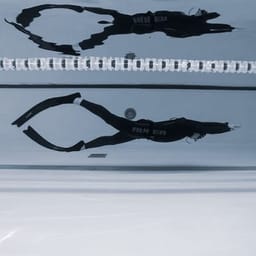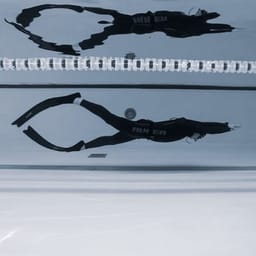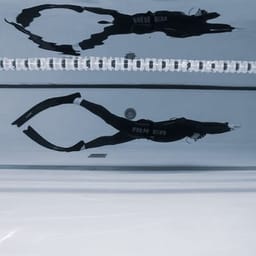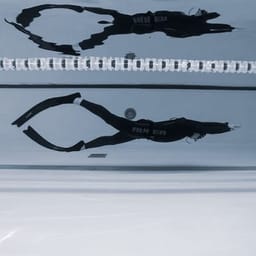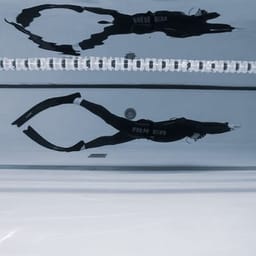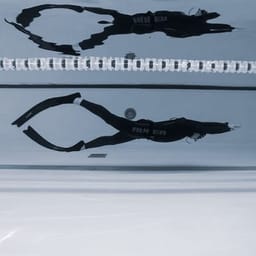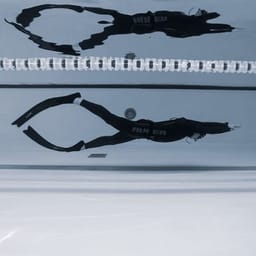DNF Puzzles - Key Elements of Perfect DNF
DNF puzzles are the challenges that freediver face when performing dives. These "puzzles" encompass various aspects of the discipline, including technique, mental focus, relaxation, breath control, buoyancy, and efficiency. Each aspect interacts and influences the overall performance.
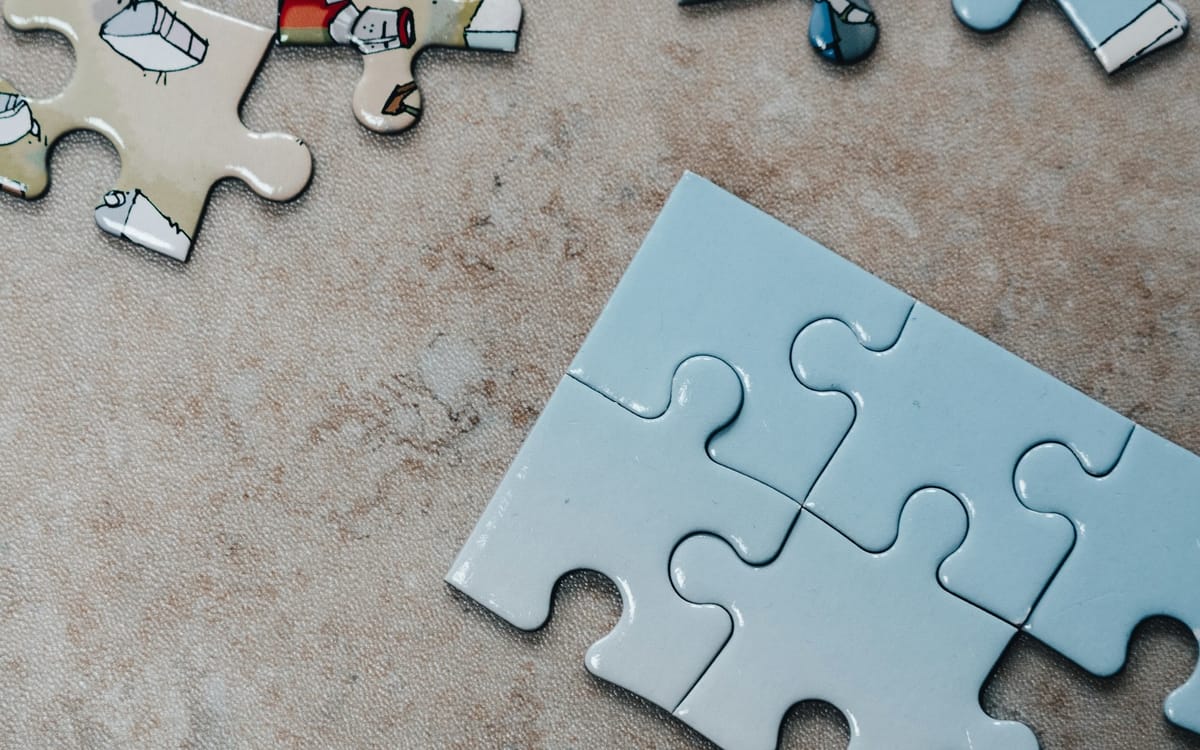
Dynamic No Fins (DNF) puzzles are the challenges that freediver face when performing DNF dives. These "puzzles" encompass various aspects of the discipline, including technique, mental focus, relaxation, breath control, buoyancy, and efficiency. Each aspect interacts and influences the overall performance, much like pieces of a puzzle coming together to complete the dive.
At the beginning of your DNF journey, you may not see all the elements that contribute to a successful dive. Over time, these elements emerge as individual "puzzles" that you must practice and integrate to improve.
Below, I’ve split these puzzles into areas that are easy to explore, helping you build a strong foundation for better and more enjoyable dives.
Structured Training Log and Visual Insights
Before diving into DNF Puzzles, I recommend building your own structured Training Log, that will give you visual insights into your trainings and your progress.
It's really important to have proper volume of trainings and to be motivated by the numbers (progress, sessions done, volume of trainings).
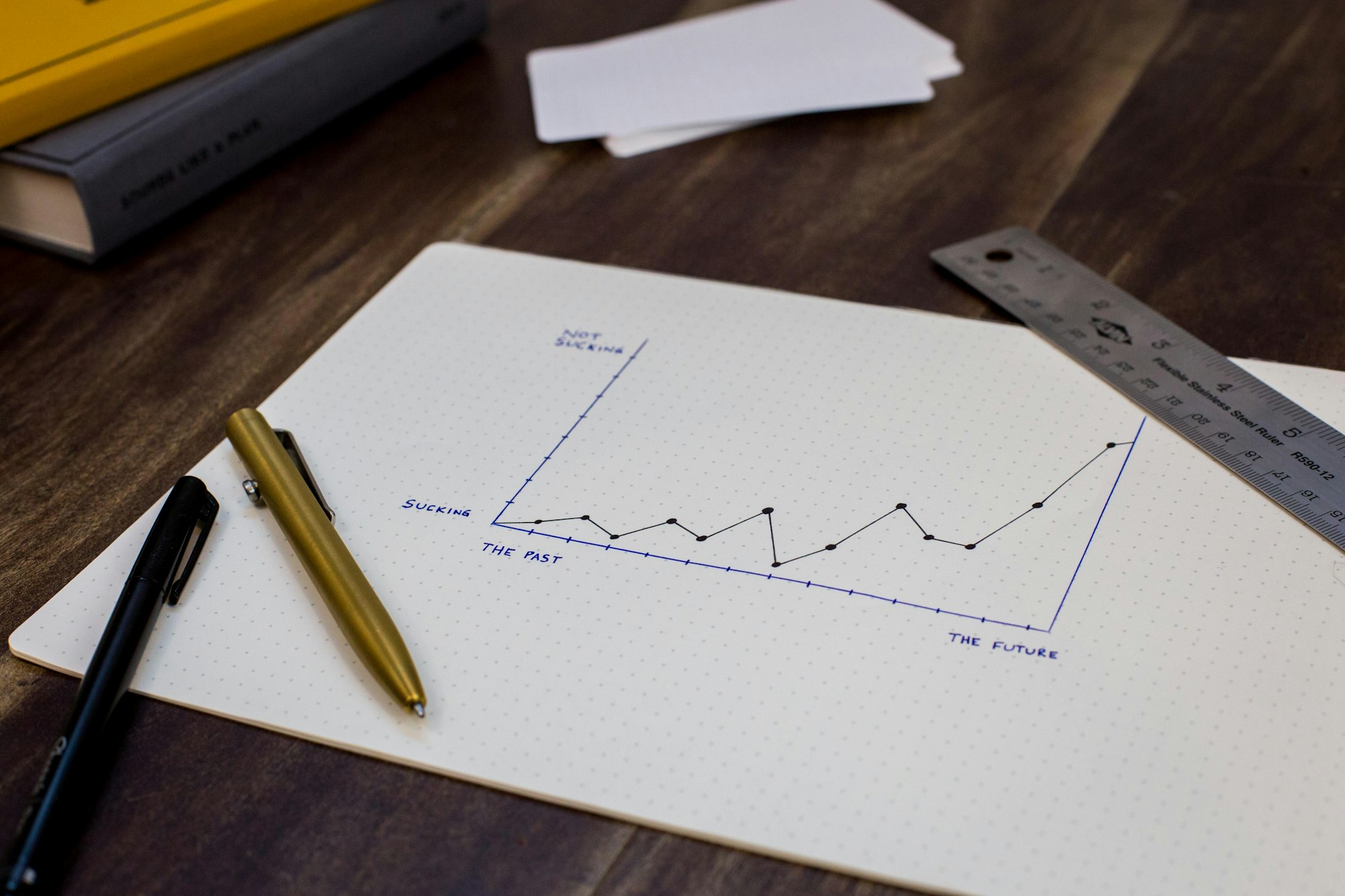
Insights from Training Data
Mental Focus and Relaxation
In freediving, mastering the mental aspect is crucial for relaxation, efficiency, and overall performance. Mental challenges like anxiety, urge to breathe, and monotony can hinder dives. By practicing techniques like mindfulness, visualisation, and controlled breathing, divers can cultivate calmness and reduce oxygen consumption.
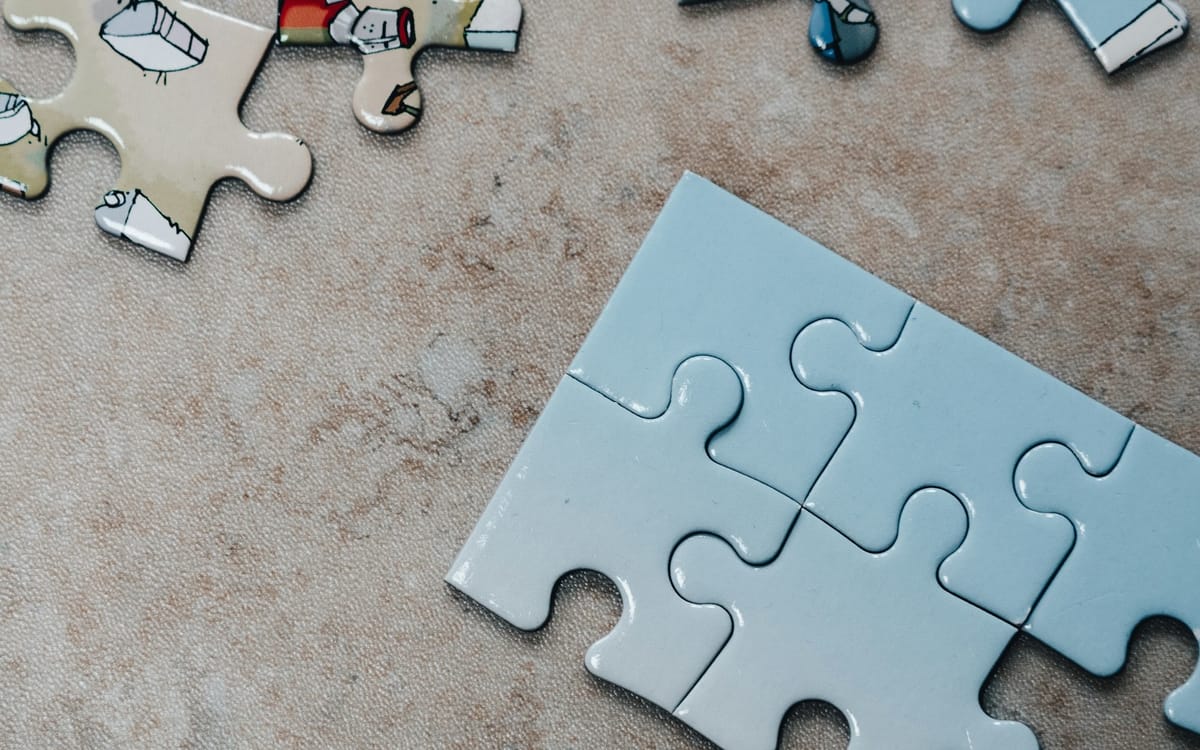
Technique
Ensures efficient movement, conserving oxygen and reducing physical effort
DNF Glide Technique
Gliding is essential in DNF, promoting relaxation and conserving energy. Get to know and practice key glide phases. Efficient glides reduce number of strokes and kicks, enabling smoother, longer swims. Mastering the glide is a personal journey, requiring practice, video analysis, and experimentation for continuous refinement and efficiency gains.
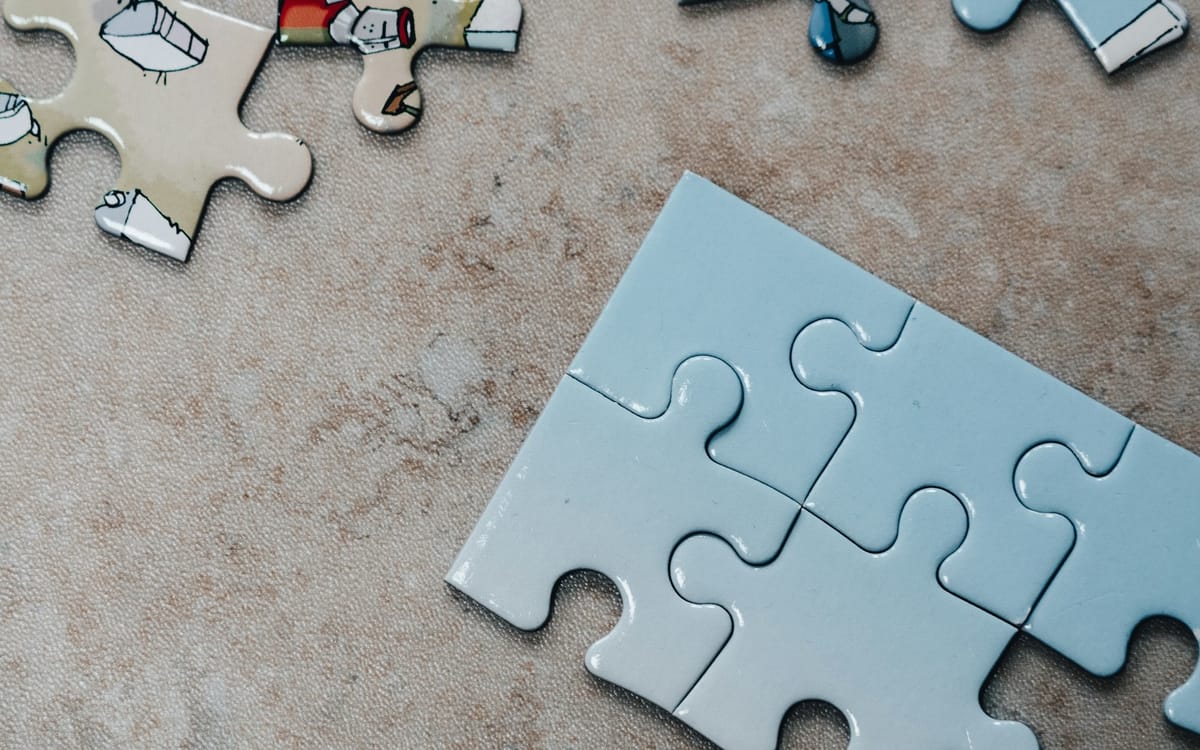
DNF Leg Kicks Technique
Proper leg kicks technique reduces drag and complements arm strokes and glides, ensuring smooth momentum. Check out how to refine kicks, maximizing dive efficiency and distance.

DNF Arm Strokes Technique
Dynamic No-Fins relies on efficient arm strokes for propulsion. Proper arm strokes and body alignment improve relaxation and reduce drag. Regular adjustments and drills ensure continuous improvement, allowing divers to conserve energy, glide further, and achieve greater performance in the water.
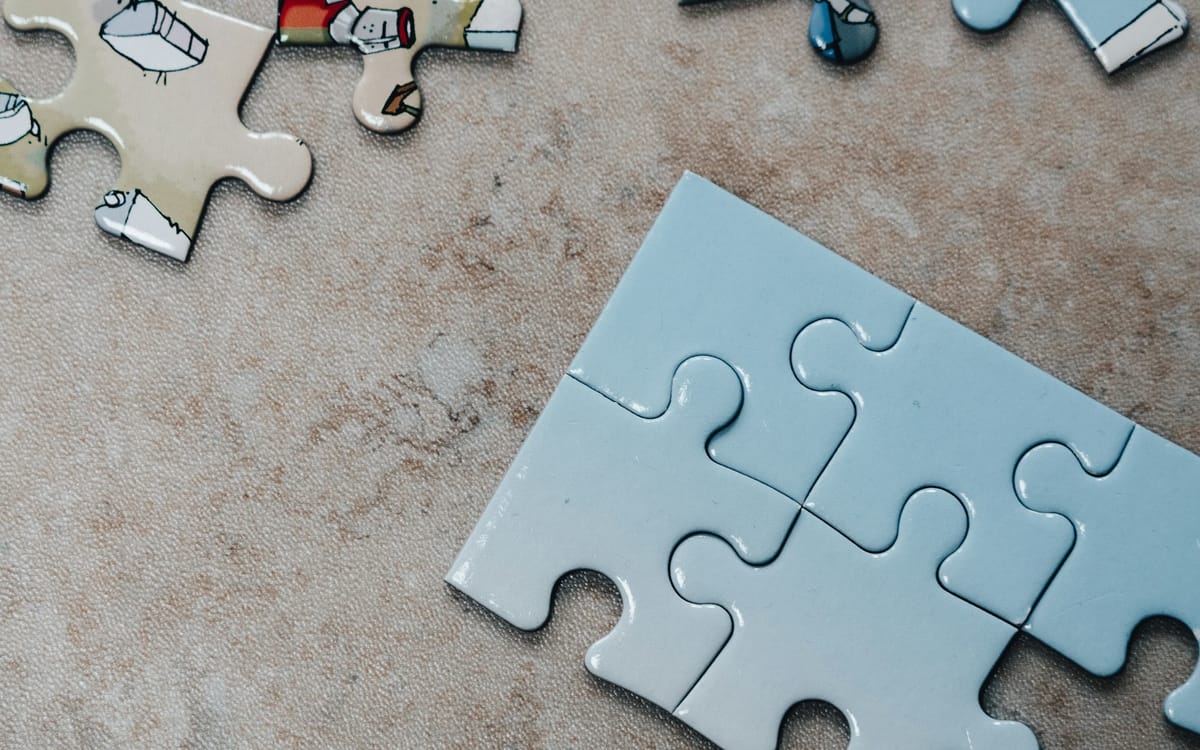
DNF Turn
(Coming soon!)
DNF Moves Synchronisation
(Coming soon!)
Buoyancy
Buoyancy isn’t just a detail in DNF—it’s the foundation of efficient, smooth dives. Perfectly balanced buoyancy allows effortless glides, improved posture, and reduced energy use. Small adjustments, even as little as 100-200g, can transform your performance. Learn why buoyancy matters and how to fine-tune it!
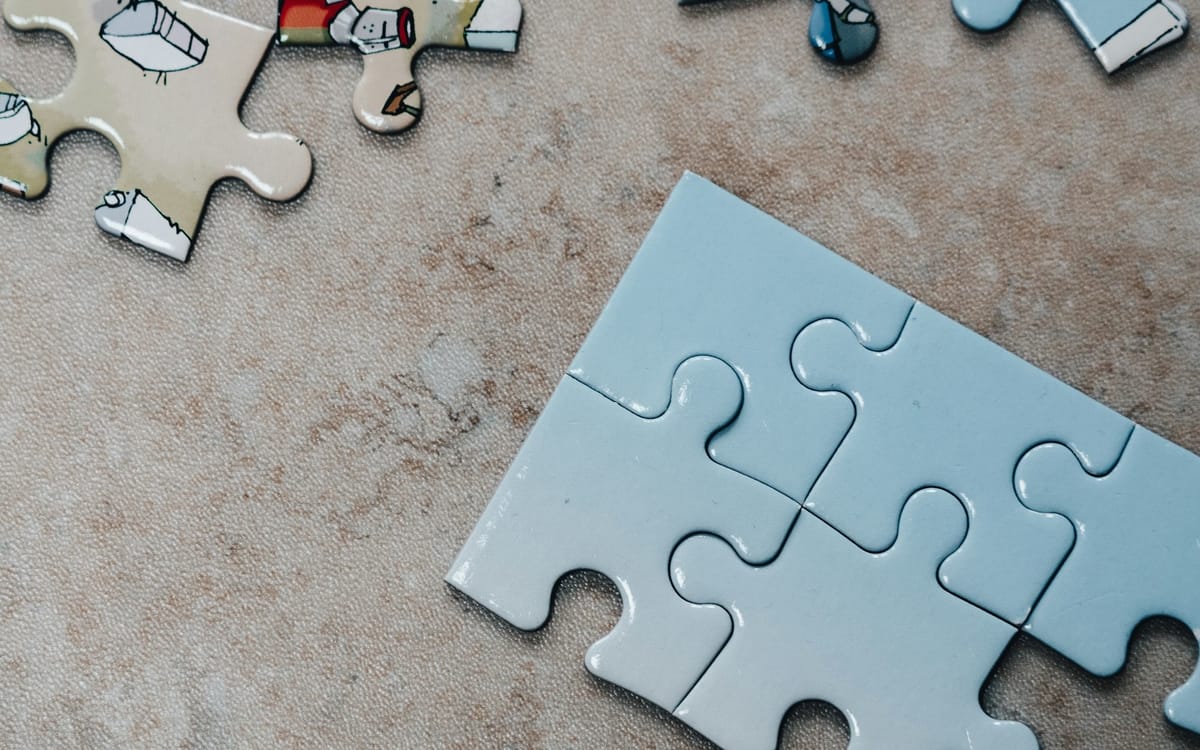
DNF Perfect Buoyancy
Breath Control
Maximises oxygen stores and reduces waste of energy.
(Coming soon!)
Flexibility
Flexibility is essential for Dynamic No Fins, improving glide, posture, and movement efficiency. Tight muscles increase drag and reduce relaxation, but daily stretching can address stiffness and boost performance. Focus on key areas like chest, arms, legs, back, and even feet. Flexibility isn’t optional—it’s the foundation of freediving success!
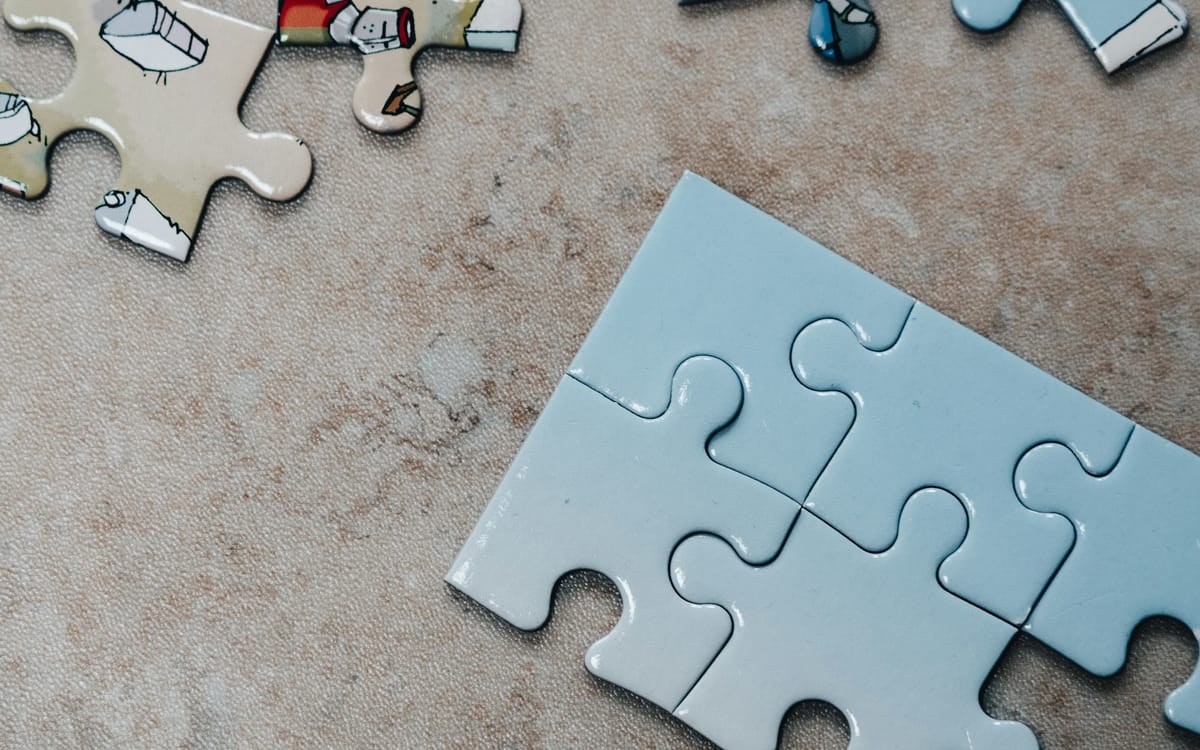
Anaerobic and Aerobic Trainings
(Coming soon!)
Oxygen and CO2 levels
Lung capacity
(Coming soon!)
High CO2 tolerance
(Coming soon!)
Packing
(Coming soon!)
DNF Equipment
Dynamic No Fins requires minimal yet effective equipment. Such setup includes a neck weight for neutral buoyancy, a reliable nose clip for breath control, bright goggles for clear visibility, and a comfortable wetsuit for ease and efficiency. These tools minimize distractions, boost comfort, and help refine technique, making each dive smooth and enjoyable. Keep it simple and focus on what works best for you!
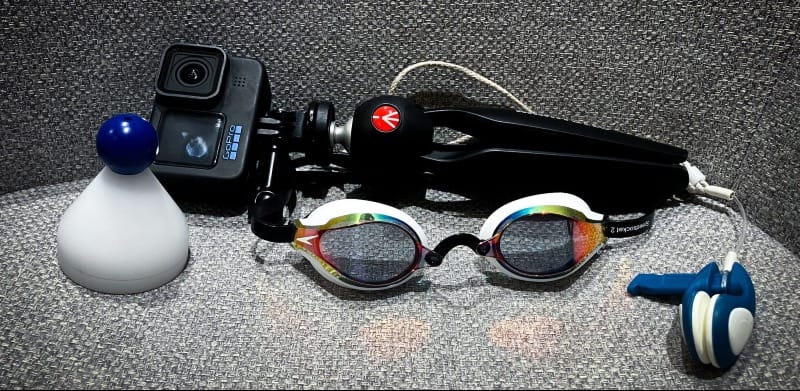
Practicing each "puzzle piece" individually and integrating them cohesively leads to safer, longer, and more enjoyable dives. Ignoring any one aspect can disrupt the balance, limiting performance and increasing risk.
If you enjoy my blog and find the content helpful, consider supporting me with a one-time tip

